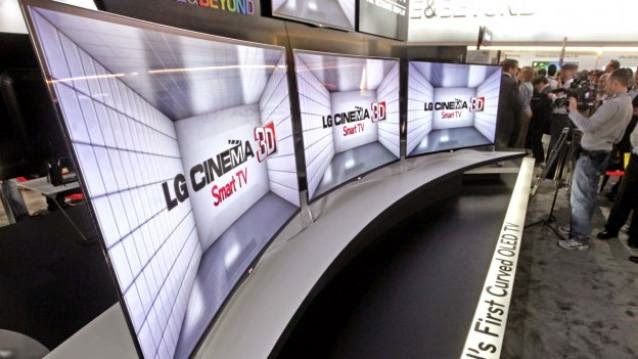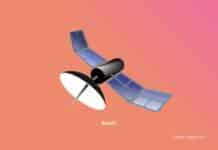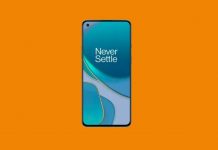Austrian researchers have developed a new kind of display that creates 3D effects without the need for 3D glasses. Scientists used a sophisticated laser system that sends laser beams into different directions. Therefore, different pictures are visible from different angles.
The angular resolution is so fine that the left eye is presented a different picture than the right one, creating a 3D effect, researchers said. In 2013, a start-up company TriLite Technologies had the idea to develop this new kind of display, which sends beams of light directly to the viewers’ eyes.
The highly interdisciplinary project was carried out together with the Vienna University of Technology (TU Vienna). TriLite and TU Vienna have now created the first prototype. Currently it only has a modest resolution of five pixels by three, but it shows that the system works.
“We are creating a second prototype, which will display colour pictures with a higher resolution. But the crucial point is that the individual laser pixels work. Scaling it up to a display with many pixels is not a problem,” said Jorg Reitterer from TriLite Technologies who is also a PhD-student in the team of Professor Ulrich Schmid at the Vienna University of Technology.
To experience the 3D effect, the viewer must be positioned in a certain distance range from the screen. If the distance is too large, both eyes receive the same image and only a normal 2D picture can be seen.
The range in which the 3D effect can be experienced can be tuned according to the local requirements. The 3D movies in the cinema only show two different pictures – one for each eye. The newly developed display, however, can present hundreds of pictures.
Walking by the display, one can get a view of the displayed object from different sides, just like passing a real object. For this a new video format is required, which has already been developed by the researchers. The display is very vivid and it can be used outdoors, even in bright sunlight, researchers said. The second prototype is expected to be finished by the middle of the year and the commercial launch is scheduled for 2016.
PTI













